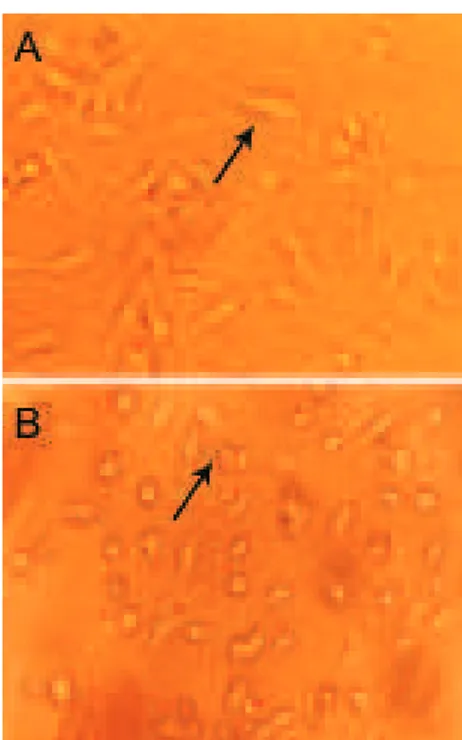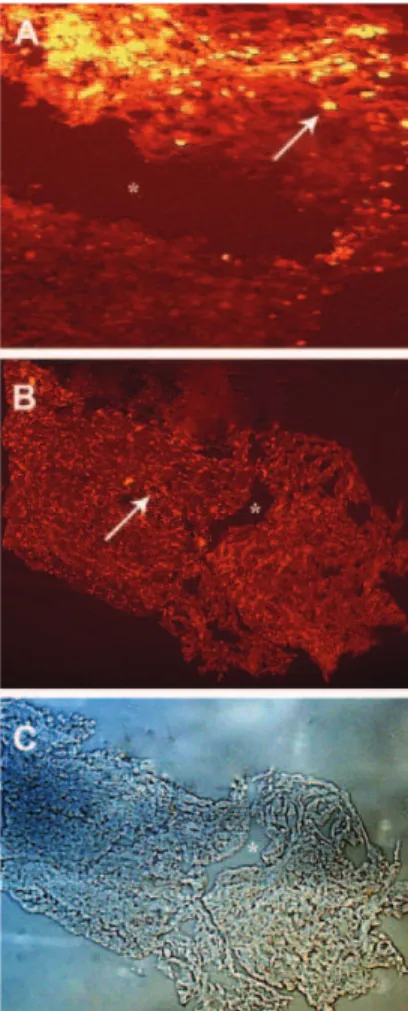Co- transplantation of Bone Marrow Stromal Cells with Schwann Cells Evokes Mechanical Allodynia in the Contusion Model of Spinal Cord Injury in Rats
Texto
Imagem



Documentos relacionados
Transplantation of Bone Marrow – Derived Mesenchymal Stem Cells Improves Diabetic Polyneuropathy in Rats.. Transplantation of Bone Marrow-Derived Mononuclear Cells Improves
A feasibility of useful cell-based therapy by bone regeneration with deciduous tooth stem cells, dental pulp stem cells, or bone marrow-derived mesenchymal stem cells for
Conditioned medium from bone marrow- derived mesenchymal stem cells improves recovery after spinal cord injury in rats: an original strategy to avoid cell
Characterization of equine adipose tissue-derived stromal cells: Adipogenic and osteogenic capacity and comparison with bone marrow derived mesenchymal stromal
Primary human bone marrow stromal cells (hMSCs) were transfected with human telomerase reverse transcriptase (hTERT) gene with lipofection method.. The hTERT transfected hMSCs
Silencing SOX2 expression in neural crest stem cells may reverse the inhibition of differentiation from neural crest stem cells to Schwann cells conducted by
Intracerebral transplantation of bone marrow stromal cells in a 1-methyl-4-phenyl-1,2,3,6-tetrahydropyridine mouse model of Parkinson’s disease. Human mesenchymal stem cells